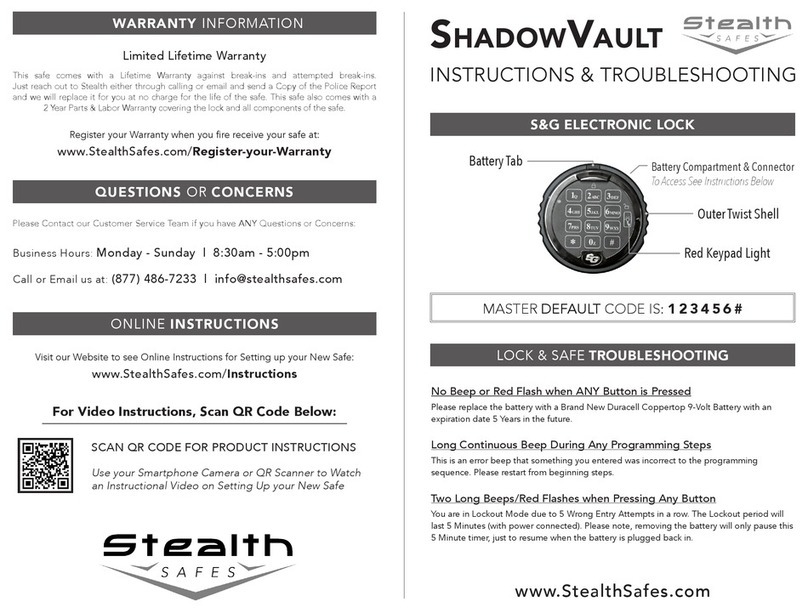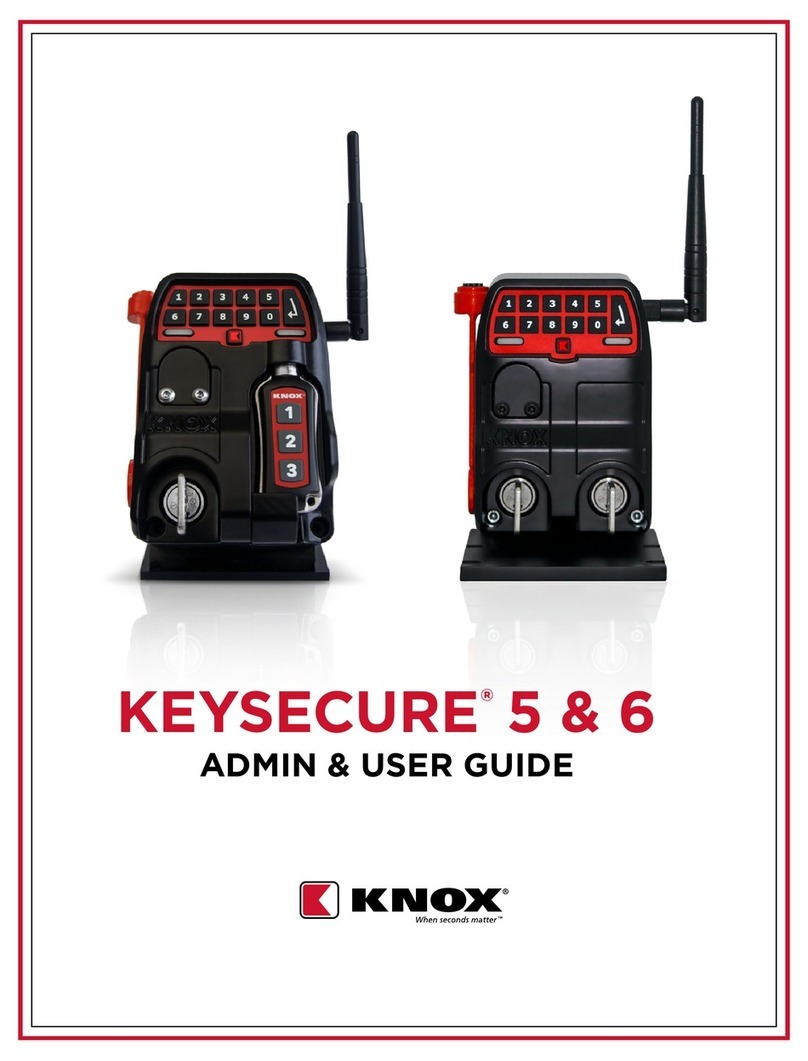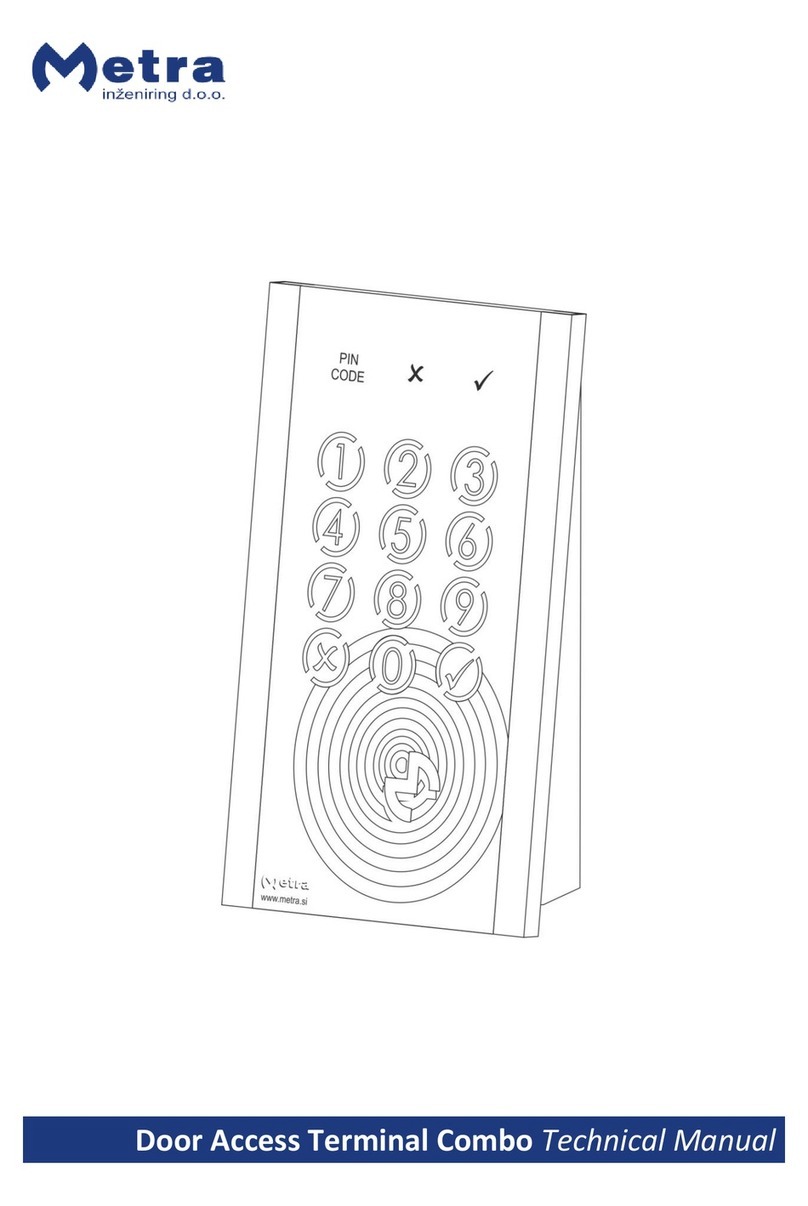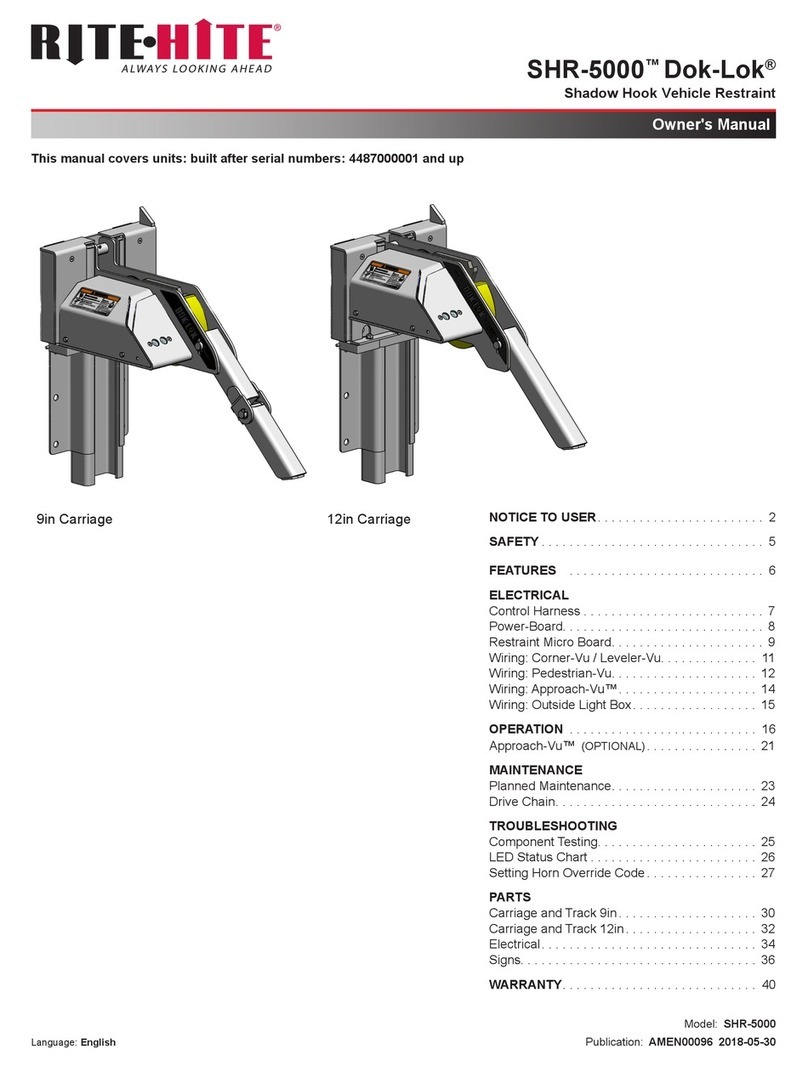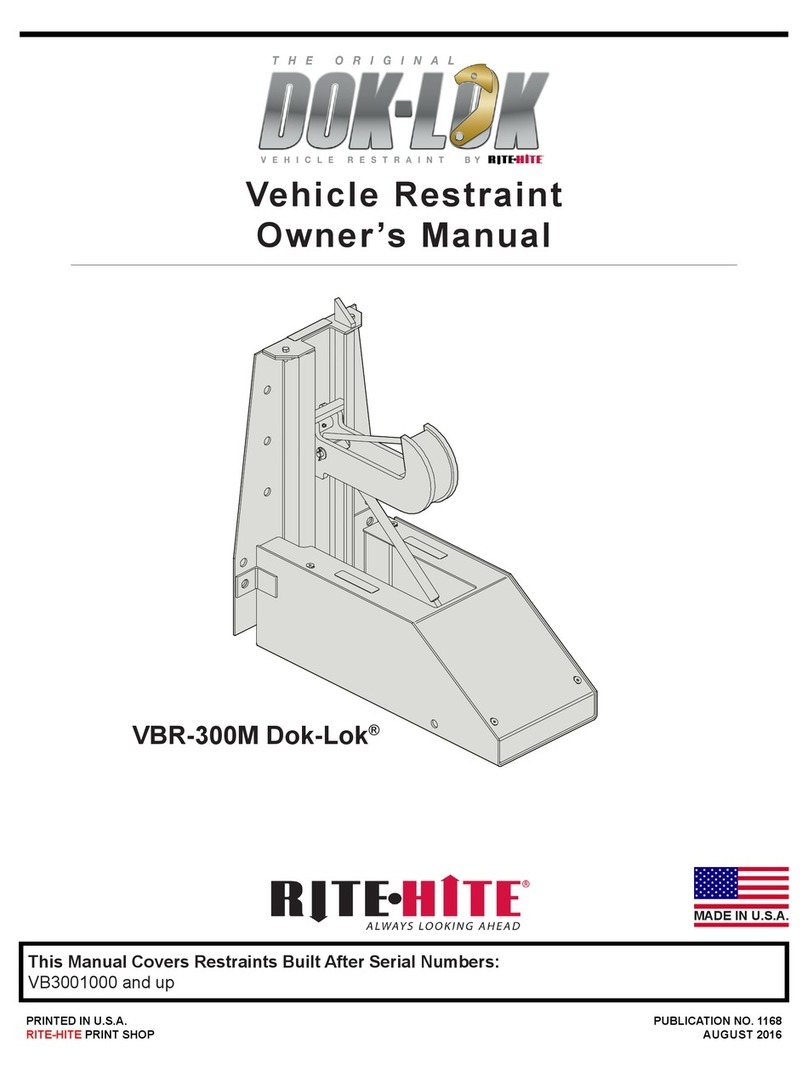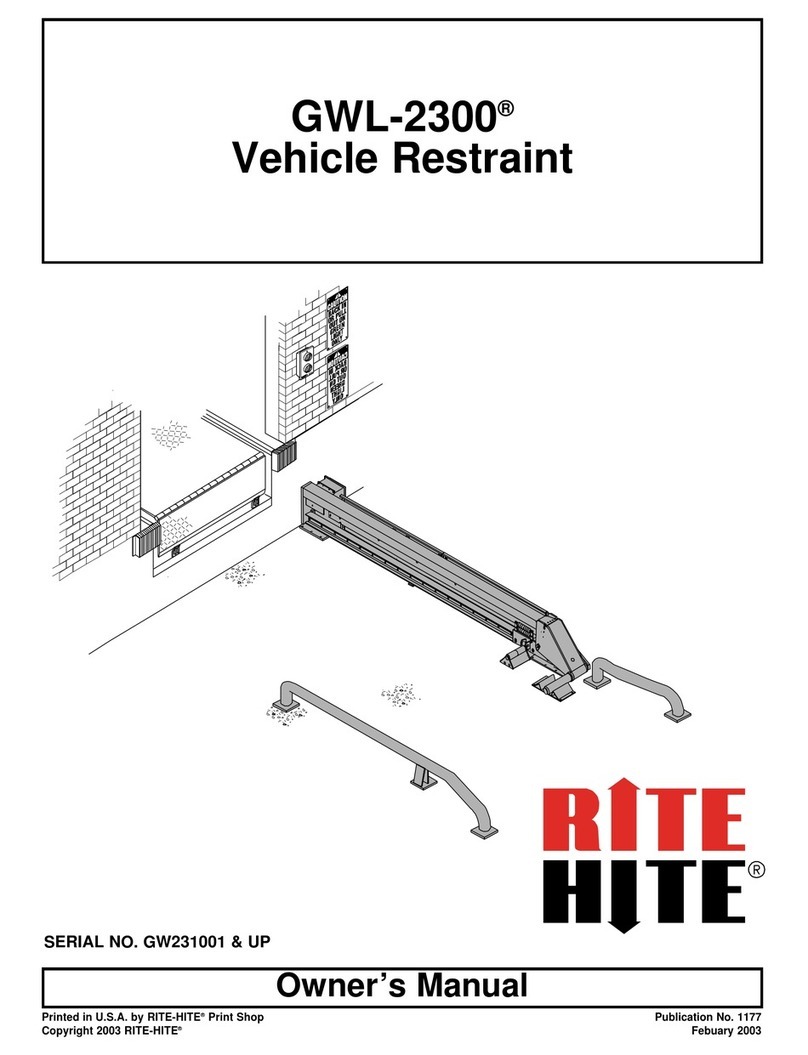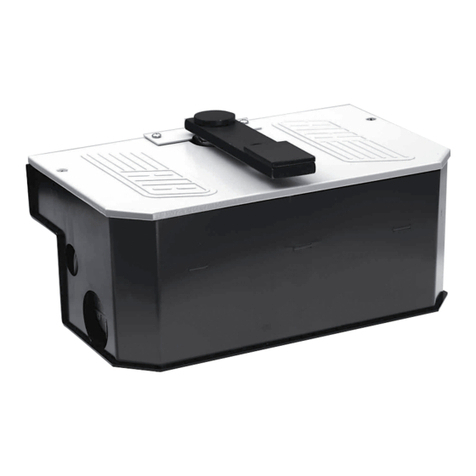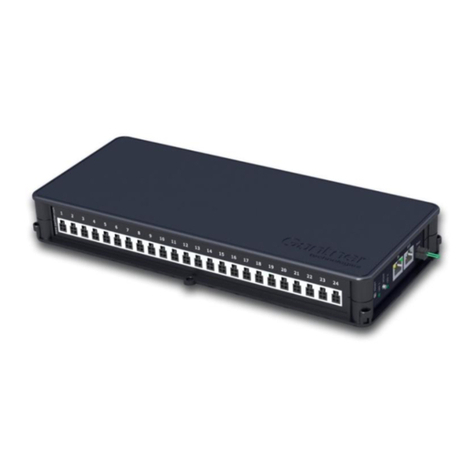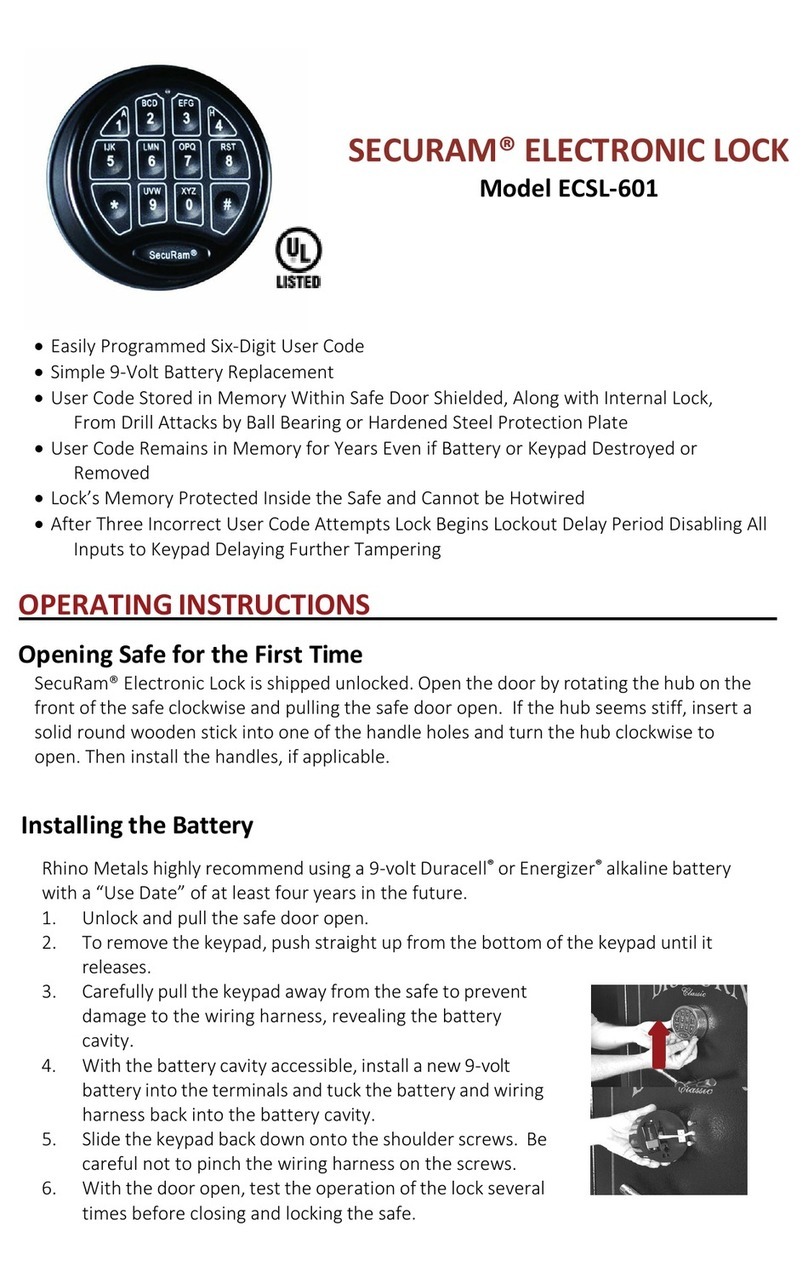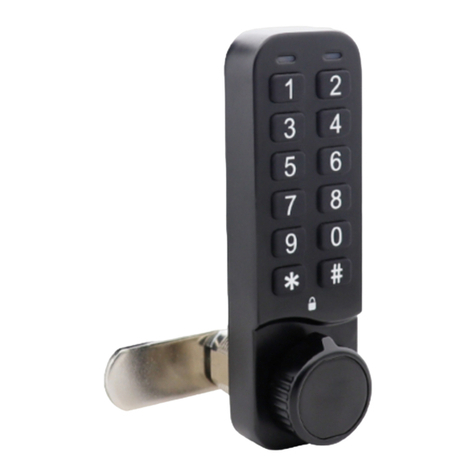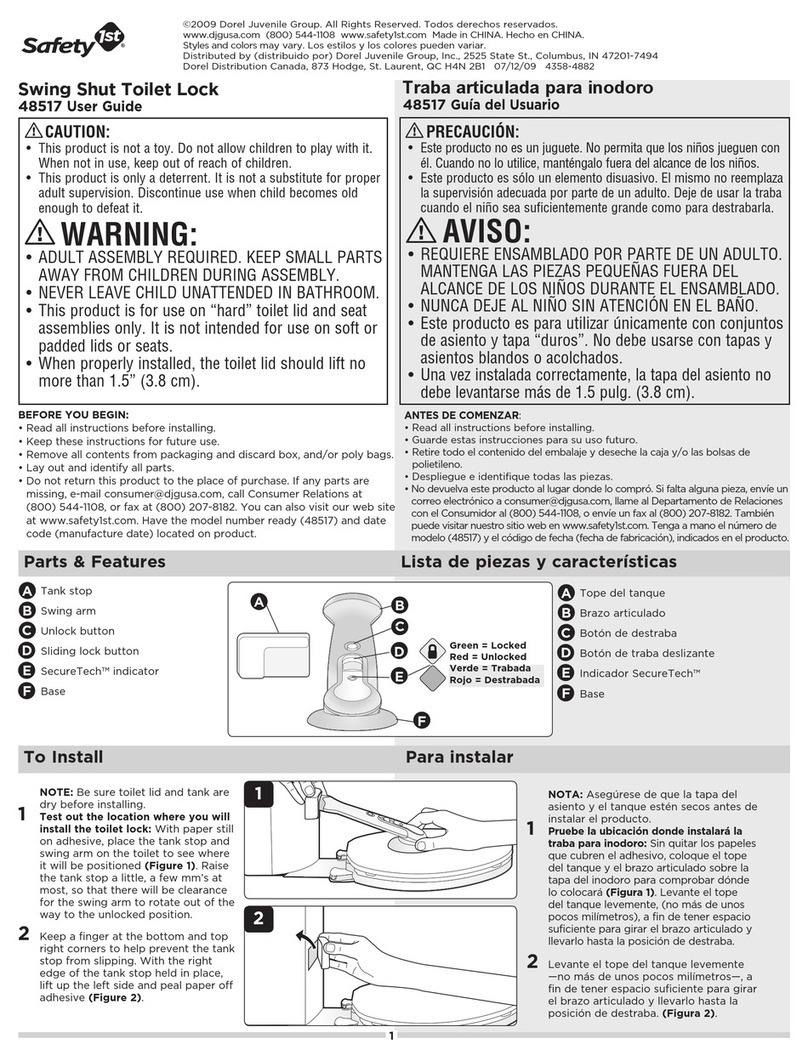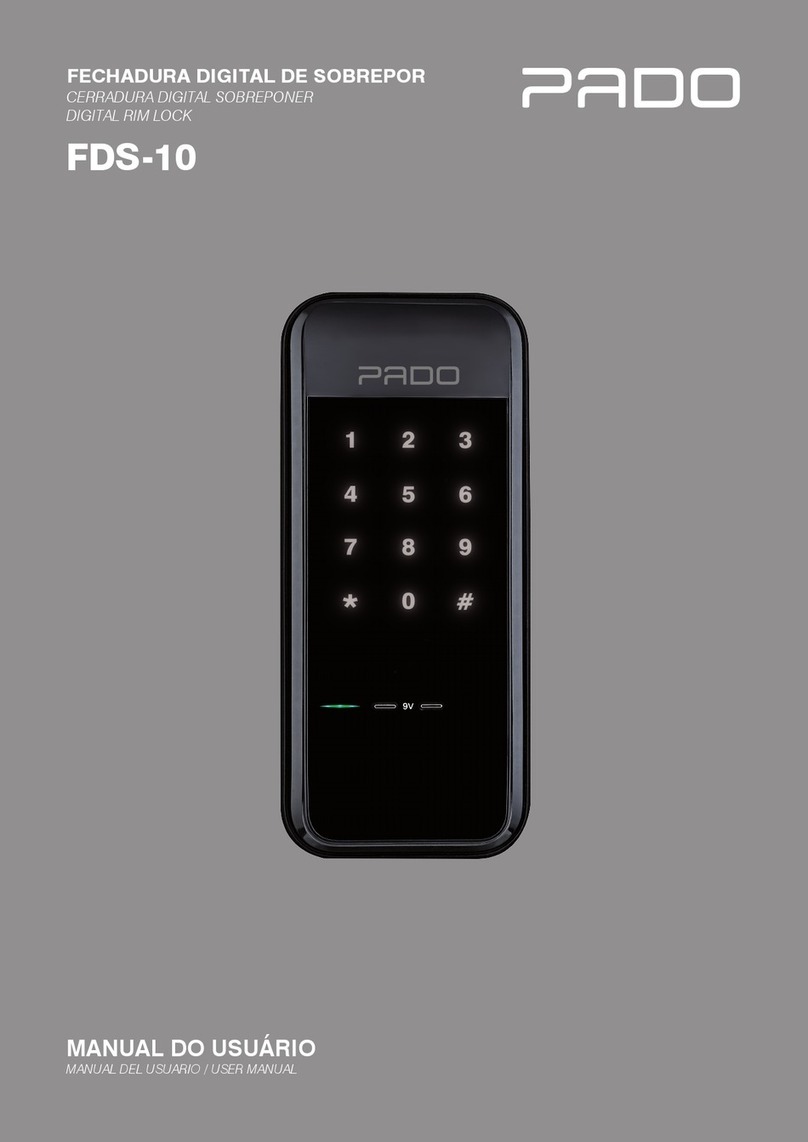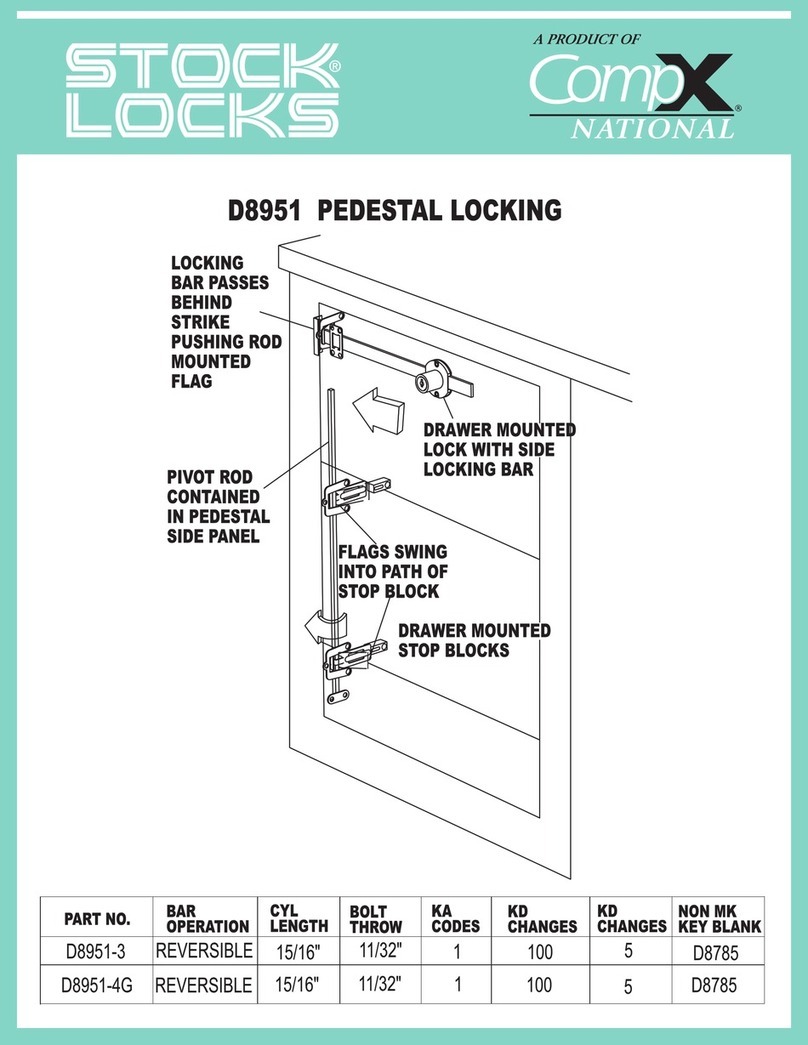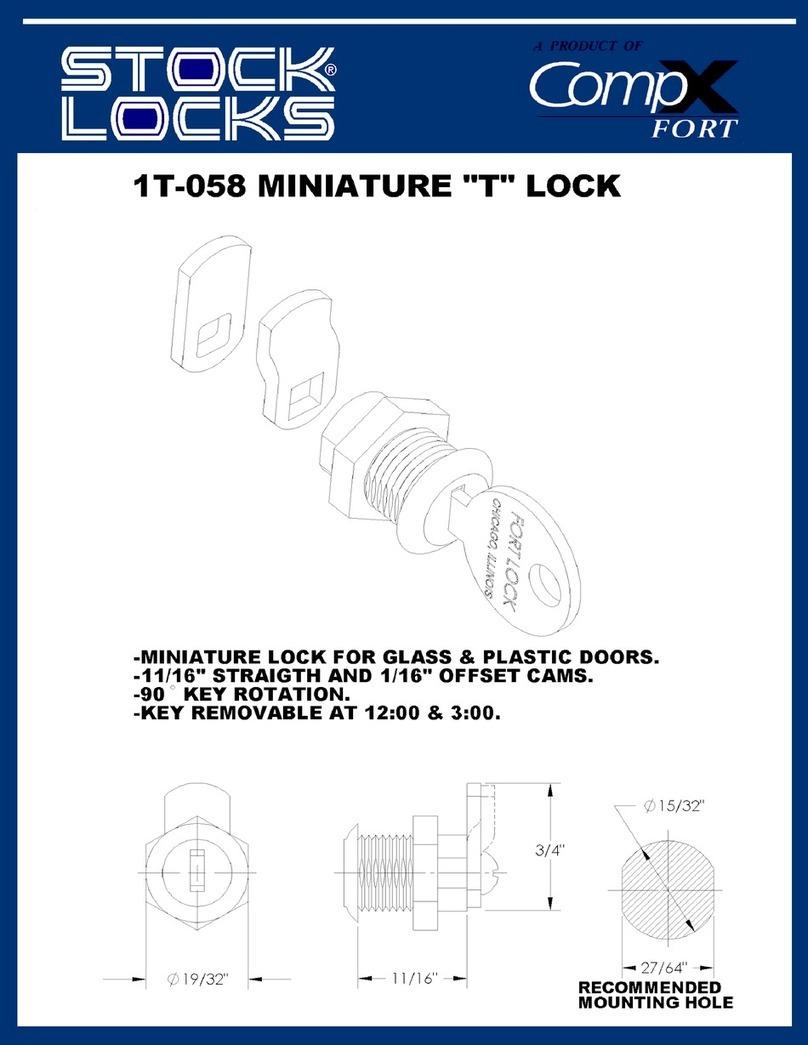
4
RITE-HITE RHR-600 DOK-LOK Owner’sManual
Owners Responsibility
The following information is presented in
ANSI
Publication
MH30.1-2000 Section 4 Safety Requirements and
Considerations. The owner’s responsibilities include the
following:
1. The owner should recognize the inherent danger of the
interface between dockand transport vehicle. The
owner should, therefore, train and instruct operators in
the safe use of dockleveling devices in accordance with
the information provided below.
The manufacturer shall publish, provide to the initial
purchaser, and make the following information readily
available to owners:
— Installation instructions,
— Recommended initial and periodic inspection
procedures,
— Maintenance procedures,
— Operating instructions,
— Descriptions or specifications for replaceable or
repairable parts,
— Tables to identify the grade (slope) for all variations
of length or configuration of the dockleveling
device, and
— Information identifying the maximum uncontrolled
drop encountered upon sudden removal of support
while within the working range of the equipment.
It shall be the responsibility of the owner to verify that
the material listed in this section has been received
and that it is made available for the instruction and
training of personnel entrusted with the use or
maintenance of the dockleveling device.
2. When a transport vehicle is positioned as closely as
practicable to a dockleveling device, there should be at
least 4"(100 mm) of overlap between the front edge of
the lip and the edge of the floor or sill of the transport
vehicle.
3. Nameplates, cautions, instructions, and posted
warnings shall not be obscured from the view of the
operating or maintenance personnel for whom such
warnings are intended.
4. Manufacturer’s recommended periodic maintenance and
inspection procedures in effect at date of shipment shall
be followed, and written records of the performance of
these procedures should be kept.
5. Dockleveling devices that are structurally damaged or
have experienced a sudden loss of support while under
load, such as might occur when a transport vehicle is
pulled out from under the dockleveling device, shall be
removed from service, inspected by the manufacturer’s
authorized representative, and repaired as needed
before being placed backin service.
6. The manufacturer shall supply replacement nameplates,
cautions or instruction labels, and operating and
maintenance manuals upon request of the owner. The
owner shall see that all nameplates and caution and
instruction markings or labels are in place and legible
and that the appropriate operating and maintenance
manuals are provided to users.
7. Modifications or alterations of dockleveling devices shall
be made only with written permission of the original
manufacturer. These changes shall be in conformance
with all applicable provisions of this standard and shall
be at least as safe as the equipment was before
modification. These changes shall also satisfy all safety
recommendations of the original equipment
manufacturer for the particular application of the dock
leveler.
8. When industrial trucks are driven on and off transport
vehicles during the loading and unloading operation, the
brakes on the transport vehicle shall be applied and
wheel chocks or positive restraints that provide the
equivalent protection of wheel chocks engaged.
NOTE
: The MH30 Committee recognizes the devices
intended to secure a transport vehicle to a loading
dockby mechanical means. However, no standards
currently exist for the strength, construction or
attachment of the underride guard on a transport
vehicle. It is therefore recommended that users of
such positive restraint devices review the:
— Means of attachment to the transport vehicle,
— Strength of the overall connection,
— Proper coordination of the actuation of devices
with any signaling system used, and
— Need to use wheel chocks.
9. In selecting dockleveling devices, it is important to
consider not only present requirements but also future
plans or adverse environments.

